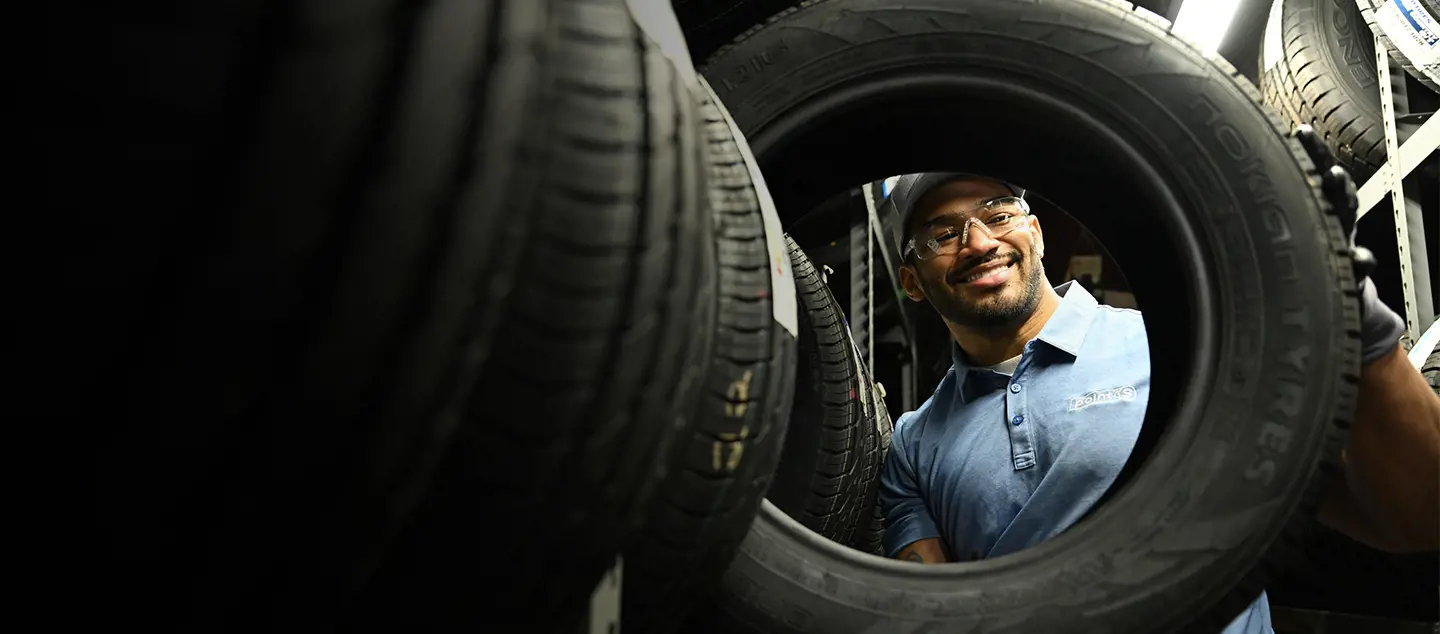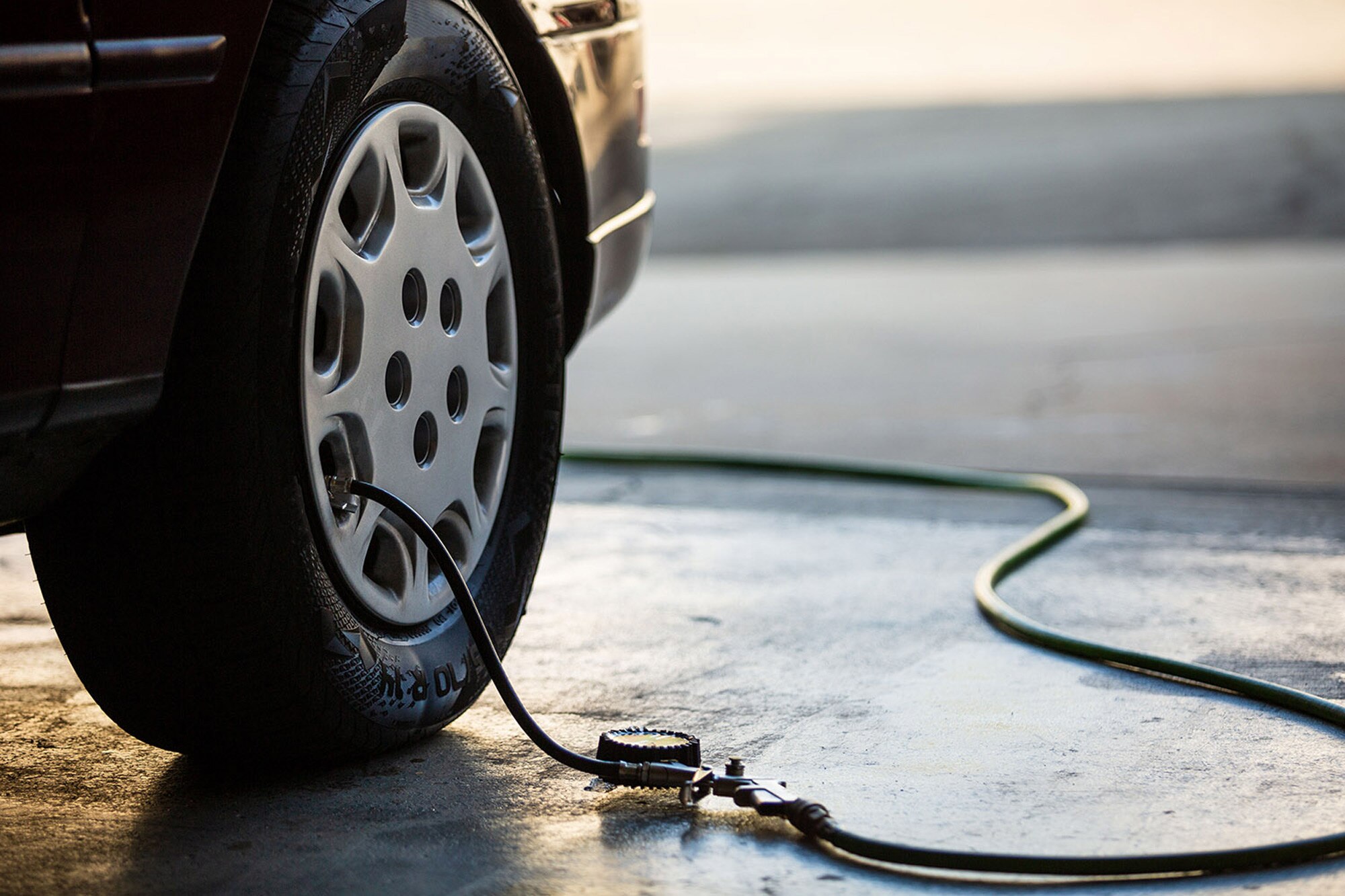Tire Fixing Myths Debunked: Separating Truth From Fiction
In the realm of vehicle maintenance, tire fixing holds a substantial place, yet it is commonly shrouded in myths and mistaken beliefs that can result in complication for vehicle owners. Understanding the difference in between fact and fiction when it concerns tire fixing is crucial for making certain both safety and security and cost-effectiveness. From the misconceptions surrounding patching versus plugging a punctured tire to the performance of various tire sealers, there are a number of crucial areas where quality is needed to make educated decisions. Let's drop light on some common tire repair service myths and different them from the truth to equip you with the understanding needed to navigate this essential element of car maintenance.
Typical Tire Repair Misconceptions
Dispelling common misunderstandings bordering tire fixing is vital for preserving road safety and prolonging the longevity of your lorry's tires. One typical misconception is the idea that a pierced tire is irreparable and should be changed completely. In truth, many punctures can be properly repaired by an expert, following industry criteria. It is important to understand that not all leaks are created equivalent; while some might certainly call for a tire substitute, the bulk can be safely repaired.
One more misunderstanding is the idea that a DIY tire fixing kit is a sufficient solution for all tire concerns. While these packages can be helpful for short-term fixes in emergencies, they are not a long-term option and might not resolve the underlying problem (tire tracks morris il). Looking for the competence of a certified tire technician is constantly suggested to guarantee the safety and security and stability of the tire

Can You Repair a Punctured Tire?
Fixing a pierced tire is a typical practice in the automobile industry, frequently executed by specialist technicians complying with specific standards and standards. However, not all punctures can be fixed. The area, dimension, and seriousness of the slit are critical consider determining if a tire is repairable. Leaks situated on the walk location of the tire are typically repairable as lengthy as they are within a certain size restriction and do not impact the tire's structural stability.
It is essential to note that punctures near the sidewall or shoulder of the tire are usually not repairable as a result of safety problems. Such areas undertake considerable stress and flexing, making fixings undependable and potentially unsafe. In addition, if the puncture is as well huge, surpassing the advised repairable dimension, or if the tire reveals signs of inner damage, it is more secure to change the tire entirely.
The Fact Regarding Patching Vs. Connecting
When thinking about the fixing of a pierced tire, understanding the differences in between patching and plugging is important for making educated decisions regarding tire upkeep and safety. Covering includes fixing the tire from the inside, where a patch is applied to cover the leak.
Misconception: All Tire Sealers Are Efficient

When selecting a tire sealant, consider variables such as the look at these guys size of slits it can effectively fix, compatibility with tire pressure monitoring systems (TPMS), and whether it is safe for the tire material. Reading testimonials and seeking recommendations from experts can aid you make an educated decision. Additionally, normal upkeep and timely replacement of sealant can aid ensure optimum efficiency. Bear in mind, while tire sealers can be valuable in emergency situations, they are not a replacement for proper tire treatment and maintenance.
Ideal Practices for Handling Flat Tires
Because of the differing performance of tire sealers, recognizing finest methods for handling punctures is crucial for maintaining road safety and vehicle performance. When running into a puncture, the initial step is to securely draw over sideways of the road, away from approaching traffic. Transform on risk lights to notify various other motorists of your situation. It is recommended to apply the hand brake and area wheel wedges under the tires to avoid the car from rolling. Next, consult your my website automobile's handbook to situate the extra tire, jack, and lug wrench. Prior to attempting to alter the tire, make certain that the location is flat and stable. Loosen the lug nuts, raise the car with the jack, get rid of the lug nuts and level tire, and change it with the extra tire. Tighten the lug nuts in a star pattern, reduced the vehicle, and securely tighten the lug nuts. Ultimately, stash the puncture, tools, and devices, and remember to check the spare tire's stress regularly. Following these best techniques can assist you take care of flat tires effectively and securely.
Verdict
In verdict, it is necessary to separate reality from fiction when it involves tire repair myths. Understanding the reality concerning covering vs. connecting, the performance of tire sealants, and finest techniques for handling blowouts can help make sure the safety and longevity of your read review tires. By disproving typical mistaken beliefs and following proper fixing standards, you can make enlightened decisions when it involves maintaining the wellness of your automobile's tires.